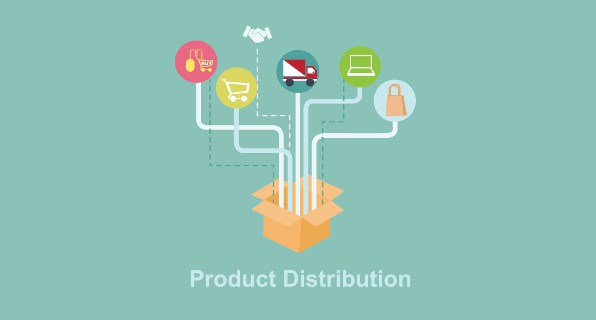
Supply chains… For something so important it’s incredible how little we really understand them. Even the Walmarts and Amazons of the world struggle with this. The supply chain is a massive, complex, interconnected, and totally essential entity. Yet it operates with almost no transparency. Companies don’t really have the means to prevent or predict supply chain problems, which is exactly why they are so common.
In the past, this problem was unavoidable. After all, you don’t know what you can’t know. So, when a shipment was late on the other side of the globe the buyer did not know until it showed up late at their own door. Over time, companies have made improvements to the supply chain, but they have never really solved the core challenges. Problems with inventory, delivery, and quality are still common.
Supply chain analytics is changing all that. It provides unparalleled oversight into the supply chain, highlighting persistent problems and looming issues. Companies can track their suppliers, shipments, production processes, and customers in incredible detail. Then they can analyze the data to make meaningful improvements. Supply chain analytics turns something unruly into something you can understand and manage. It’s not an exaggeration to say it will transform how global commerce works.
From Analytics to Innovative Improvements

3 Smart Tips To Improve Your Supply Chain Strategy
Anyone will tell you that changing a supply chain is difficult, and actually improving it is even harder. Supply chain analytics is a unique solution because it reveals the actual source of the problem. Decision makers don’t have to guess where issues exist and presume what kind of solutions to use. Instead, they can study supply chain performance in-detail before creating targeted solutions.
Here’s an example of how supply chain analytics works in action: A boat builder is having a problem with one of its suppliers. The latest shipment is late and it’s causing production delays. The company decides to explore the issue using analytics, where they discover the supplier is frequently late and often supplies sub-standard product. After a relatively quick and easy analysis it’s obvious the boat company should find a different supplier. Once they do the supply chain issues stop and production stays on track. Thanks to analytics, the company was able to get rid of a bad supplier without worrying about making the wrong decision.
Getting Started with Supply Chain Analytics

Build Business Efficiency From Top To Bottom
Supply chain analytics is all about replacing complexity with simplicity. It’s helps you manage vast, high-velocity systems. Yet the technology itself should be intuitive and user friendly. This describes the best supply chain analytics tools, but not everything on the market.
The first step is to begin organizing your data. Anything and everything related to the supply chain should be gathered in one place. Anything that is missing or inaccurate throws off your analytic insights, so data quality is important. Ideally, you have an analytics solution that helps you integrate and improve your data.
The next step is to make a plan. Supply chain analytics has tremendous value and myriad applications, but it needs to be focused to be valuable. Decide what you will use it to improve and how you will measure your success. Focus on solving your most persistent or painful problems first. Once you get those resolved you will have more time and resources for further improvements.
The final step is to pick a supply chain analytics solution. Accessibility is a crucial consideration because everyone is invested in the supply chain. If data-driven insights are hard to access or restricted for some reason they don’t produce significant improvements. That only happens when decision makers at all levels have analytic insights readily available.
This technology is quickly moving off of the cutting edge and into the mainstream of manufacturing. In fact, one recent survey showed two-thirds of leaders think supply chain analytics will be crucial to what they do within two to three years.
Are they crucial to what you do? Ask yourself two questions – Are supply chain issues an issue at your company? Would you like to solve them? If the answer is yes, it’s time to act!




